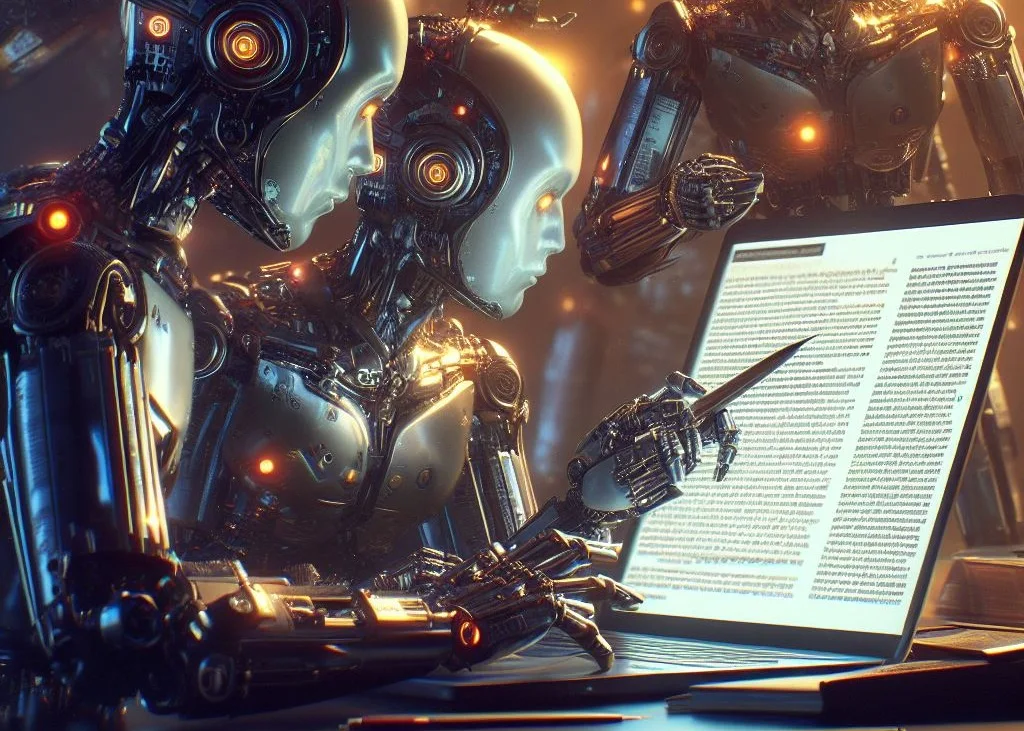Wikipedia, the encyclopedia we all turn to for quick facts, can sometimes be as reliable as a squirrel predicting the stock market. We know better than to trust it blindly, right? But now, there's a new player in town: an AI named SIDE, aiming to enhance Wikipedia's credibility.
SIDE is designed to perform two crucial tasks. First, it scrutinizes the accuracy of primary sources cited on Wikipedia. Second, it dishes out fresh reference suggestions. But here's the twist - it assumes Wikipedia entries are as accurate as a fortune teller's crystal ball. While SIDE can double-check the reliability of a source, it can't validate Wikipedia's own claims.
In a study, people favored SIDE's reference recommendations over the originals 70% of the time. Surprise! Nearly half of the time, SIDE proposed the same source that Wikipedia had at the top of its list. And in 21% of instances, SIDE even outsmarted human annotators by suggesting references they deemed appropriate.
SIDE's potential is evident, but there's room for improvement. It only considers web pages, but Wikipedia often cites books, scientific articles, images, and videos. Moreover, Wikipedia's nature allows anyone to assign references, which could introduce bias.
And let's not forget that like any AI, SIDE could inherit some of the quirks of its creators. Data limitations during its training and evaluation might lead to bias. Still, the concept of using AI to fact-check and combat misinformation online has immense potential, especially in the age of fake news and misinformation storms.
Wikipedia and social media platforms wrestle with the challenges posed by bots spreading falsehoods. SIDE and similar AI tools could be the superheroes needed in this fight, but there's work to be done before they can swoop in and save the day.
Read next: X's Blue Checkmarks Fueled Spread of Misinformation During Gaza-Israel Conflict
SIDE is designed to perform two crucial tasks. First, it scrutinizes the accuracy of primary sources cited on Wikipedia. Second, it dishes out fresh reference suggestions. But here's the twist - it assumes Wikipedia entries are as accurate as a fortune teller's crystal ball. While SIDE can double-check the reliability of a source, it can't validate Wikipedia's own claims.
In a study, people favored SIDE's reference recommendations over the originals 70% of the time. Surprise! Nearly half of the time, SIDE proposed the same source that Wikipedia had at the top of its list. And in 21% of instances, SIDE even outsmarted human annotators by suggesting references they deemed appropriate.
SIDE's potential is evident, but there's room for improvement. It only considers web pages, but Wikipedia often cites books, scientific articles, images, and videos. Moreover, Wikipedia's nature allows anyone to assign references, which could introduce bias.
And let's not forget that like any AI, SIDE could inherit some of the quirks of its creators. Data limitations during its training and evaluation might lead to bias. Still, the concept of using AI to fact-check and combat misinformation online has immense potential, especially in the age of fake news and misinformation storms.
Wikipedia and social media platforms wrestle with the challenges posed by bots spreading falsehoods. SIDE and similar AI tools could be the superheroes needed in this fight, but there's work to be done before they can swoop in and save the day.
Read next: X's Blue Checkmarks Fueled Spread of Misinformation During Gaza-Israel Conflict

